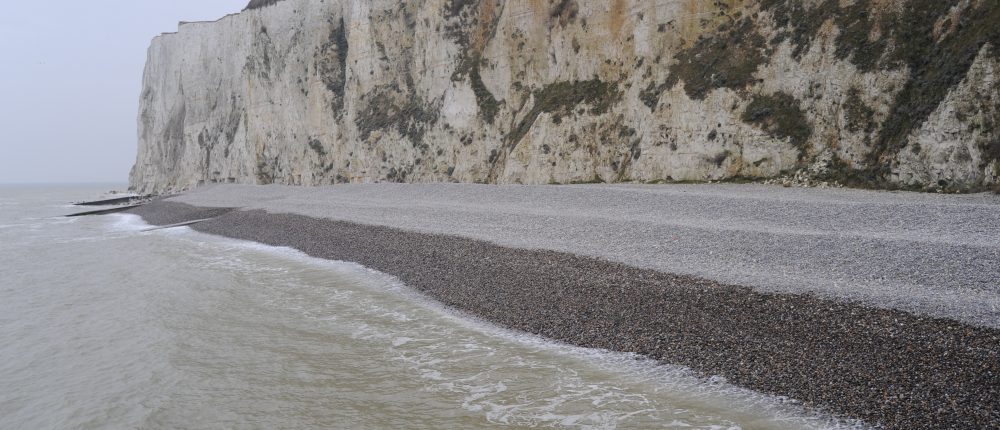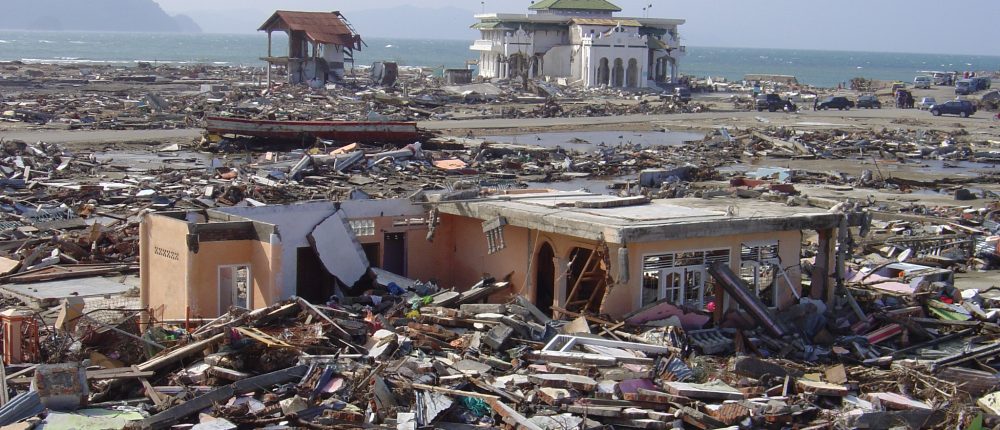Keywords:
- Protection of coastal and estuarine environments and socio-ecosystems.
- Effects and impacts of coastal deterioration, estuary and river channelling and coastal urbanization
Terms of reference: Coastal areas are, in general, heavily exploited ecosystems. They account for about 2% of the Earth’s land surface but are home for 10% of the world’s population in low-land areas, resulting in a very high vulnerability to natural hazards: tsunamis, floods, marine intrusions, cyclones that caused considerable material damage and thousands of casualties, with large-scale environmental, social and economic consequences. Japan, one of the world’s leading seafood producers, surrounded by particularly productive seas despite a highly urbanized coastline, and faced with particularly frequent natural cataclysms, has nevertheless managed to safeguard an important part of its coastal maritime economy and, as such, is a privileged interlocutor for exchanging and undertaking joint research with French and European scientific and professional actors in the maritime sector. The objective of that session is to illustrate effects of natural disasters and sea intrusions and means used to limit their impacts, as well as the impact of territorial planning on the characteristics and productivity of coastal and estuarine environments.
Effects of land subsidence – Kenji Okoshi





